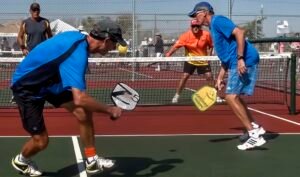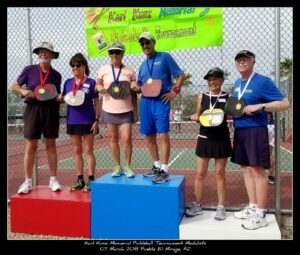Picture this: a vibrant summer afternoon, where the sun’s rays dance upon the glistening courts filled with fervent players, eagerly strategizing their every move. The atmosphere is electrifying as pickleball enthusiasts gather for yet another spirited tournament. Within this realm, various tournament formats prowl, each with its own set of quirks, strengths, and pitfalls. Some inspire awe, making players feverishly scramble to perfect their shots, while others leave competitors scratching their heads in bemusement. Welcome to the intriguing world of pickleball tournament formats, where the good, the bad, and the ugly coexist, shaping the destiny of champions and challenging the very essence of this beloved sport.
Table of Contents
- Heading 1: Exploring the Different Pickleball Tournament Formats: A Comprehensive Overview
- Heading 2: Uncovering the Advantages and Benefits of Various Pickleball Tournament Formats
- Heading 3: Identifying the Limitations and Drawbacks of Existing Pickleball Tournament Formats
- Heading 4: Enhancing Pickleball Tournament Formats: Key Strategies and Recommendations
- Heading 5: Embracing Innovation: Revolutionizing Pickleball Tournament Formats for an Exciting Future
- Q&A
- In Summary
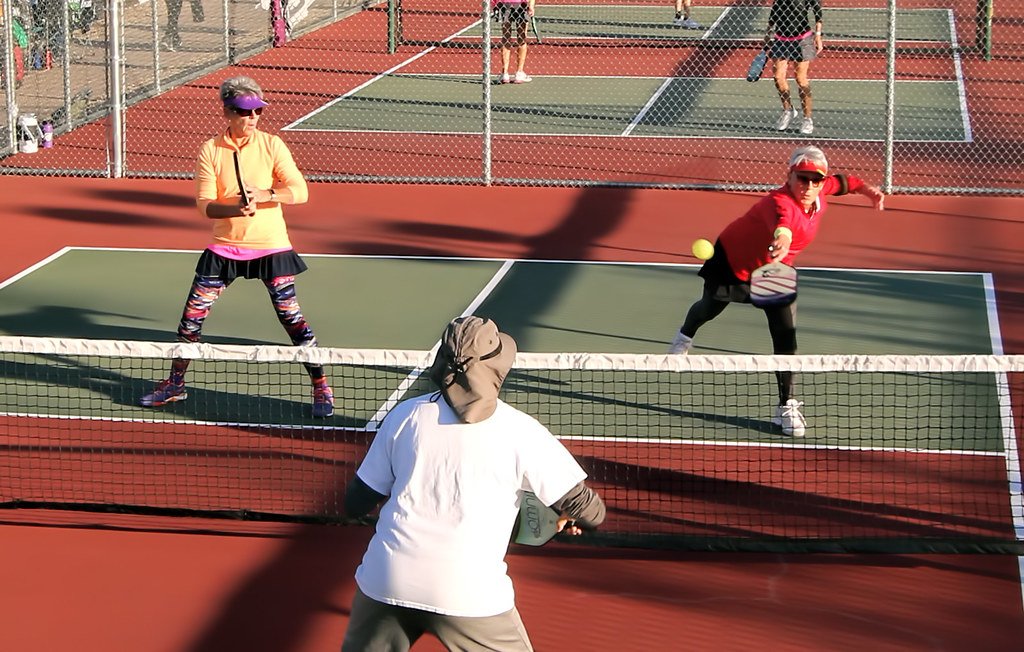
Heading 1: Exploring the Different Pickleball Tournament Formats: A Comprehensive Overview
Exploring the Different Pickleball Tournament Formats: A Comprehensive Overview
Different Formats of Pickleball Tournaments
Pickleball, a blend of tennis, badminton, and table tennis, has been gaining popularity worldwide. It’s not just a fun backyard game but also a competitive sport that has numerous tournament formats. If you’re a pickleball enthusiast eager to participate in tournaments, understanding the various formats is essential. Here’s a comprehensive overview of the different pickleball tournament formats:
- Round Robin: In this format, players or teams are grouped into smaller brackets where they play against each other. It ensures that each participant plays multiple matches. The player or team with the most wins is declared the winner.
- Double Elimination: This format allows players or teams to have a second chance even after losing a match. If they lose again, they’re out of the tournament. The final winner emerges from the last two remaining players or teams.
- Single Elimination: In this format, players or teams compete in a bracket-style tournament where a loss eliminates them from further participation. The player or team that emerges undefeated at the end is declared the champion.
- King of the Court: This unique format takes a more casual approach to pickleball tournaments. Players or teams rotate in and out of the court, with new challengers taking their place as they win. The goal is to accumulate the most wins within a specific time frame.
From social gatherings to highly competitive events, pickleball tournament formats offer something for everyone. Each format has its own set of rules and strategies, contributing to the excitement and the spirit of the game. So whether you’re a seasoned player or a beginner, exploring and experiencing different tournament formats can add a new level of excitement to your pickleball journey.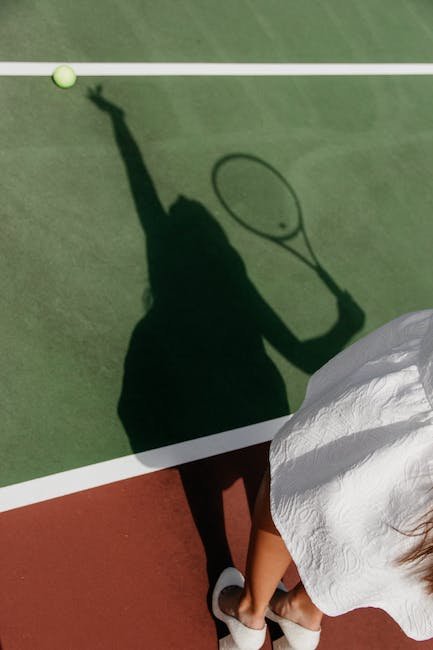
Heading 2: Uncovering the Advantages and Benefits of Various Pickleball Tournament Formats
Welcome to a comprehensive exploration of the world of pickleball tournament formats! From round-robin to double elimination, there are a myriad of options available for organizers to create exciting and engaging competitions. In this section, we will dive deep into the advantages and benefits of different tournament structures, serving as your guide to understanding what makes each format unique and how it can enhance the overall player experience.
First on the list is the electrifying single-elimination format. Known for its simplicity and fast-paced nature, this format leaves no room for second chances. Players compete head-to-head, with the losers being eliminated until only one champion remains. The thrill and suspense that permeate each match in single-elimination tournaments are unmatched, making it a favorite among spectators and players craving high-stakes situations.
Another popular option is the round-robin format, where every participant faces off against all others in a series of matches. This format shines a spotlight on fair play and offers each player an equal number of opportunities to showcase their skills. Additionally, the round-robin format promotes healthy competition, fosters camaraderie among players, and allows for valuable networking, all while ensuring everyone gets ample playing time on the court.
- Single-elimination tournaments: Fast-paced and high-stakes
- Round-robin tournaments: Promote fair play, camaraderie, and networking opportunities
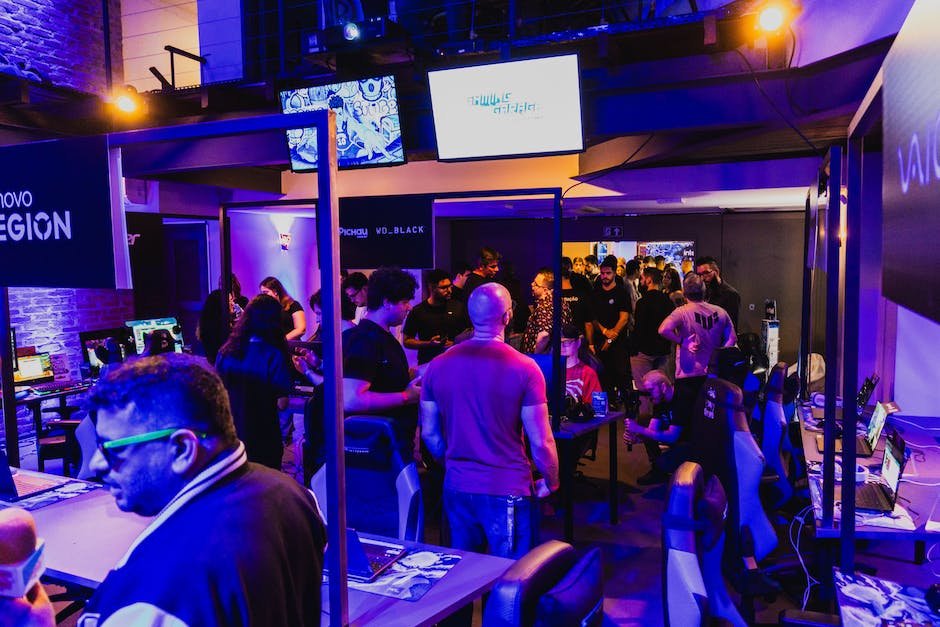
Heading 3: Identifying the Limitations and Drawbacks of Existing Pickleball Tournament Formats
As the popularity of pickleball continues to grow, it’s crucial to assess the limitations and drawbacks of existing tournament formats. Understanding these issues can pave the way for innovative solutions that elevate the overall experience for players and spectators alike.
Inadequate scheduling: One common limitation is the challenge of efficiently scheduling matches, especially in large-scale tournaments. The current formats often result in long wait times for players between matches, leading to a lack of momentum and potential fatigue. This drawback calls for new scheduling strategies that optimize time management, minimize downtime, and keep participants engaged.
Imbalanced skill levels: Another aspect that requires attention is the imbalance of skill levels in tournaments. It’s not uncommon for newcomers to face more experienced players early in the competition, which can discourage participation and hinder overall competitiveness. Addressing this limitation involves implementing skill-based divisions or tiers, giving players fair opportunities to compete against opponents of similar abilities.
Limited spectator engagement: Existing tournament formats often fail to fully captivate and engage spectators, hindering the growth of pickleball as a spectator sport. Enhancing the tournament experience for the audience requires introducing innovative elements, such as live commentary, interactive displays, and clear visualizations of match progress. By creating an immersive environment, tournaments can attract more spectators, elevate the sport’s image, and foster its long-term success.
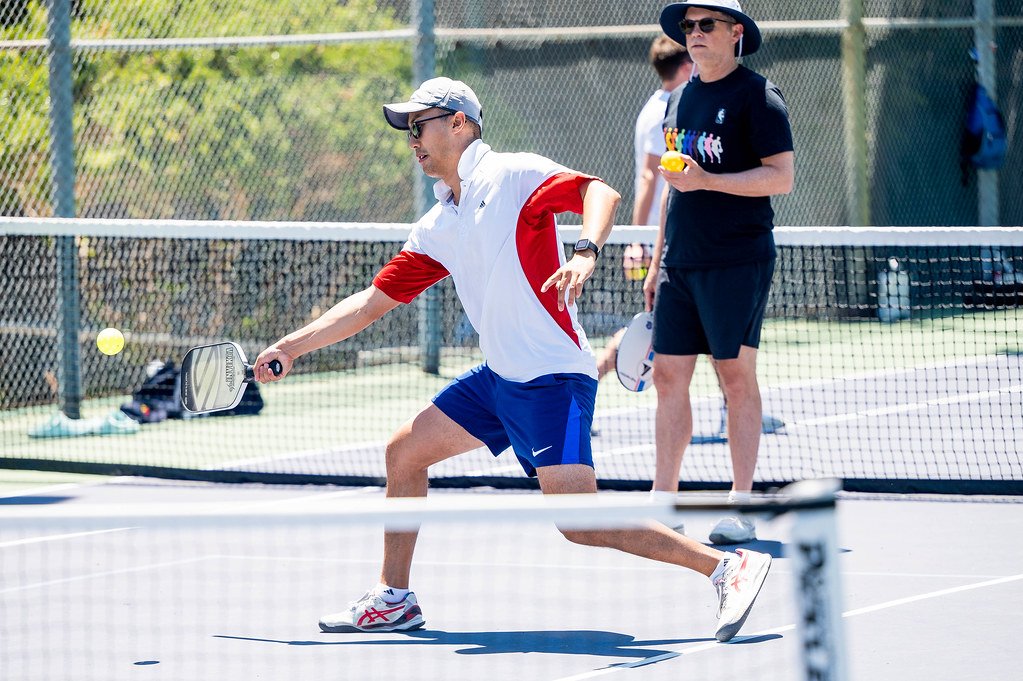
Heading 4: Enhancing Pickleball Tournament Formats: Key Strategies and Recommendations
Enhancing Pickleball Tournament Formats: Key Strategies and Recommendations
When it comes to organizing a successful pickleball tournament, it’s essential to consider the format that will engage participants and create an exciting atmosphere. Here are some key strategies and recommendations to enhance your tournament formats:
- Diversify Game Types: One way to keep participants engaged throughout the tournament is by introducing a variety of game types. Consider incorporating both singles and doubles matches, ensuring players have the opportunity to showcase their skills both individually and as a team.
- Implement Progressive Elimination: To add an element of competitiveness and maintain excitement, consider using a progressive elimination system. Start with round-robin matches to determine initial rankings, and then move to single-elimination brackets, creating more intense matches as the tournament progresses.
- Offer Skill-Level Divisions: To foster fair competition, it’s beneficial to categorize players based on their skill levels. By offering divisions for beginner, intermediate, and advanced players, participants can compete against opponents of similar abilities, ensuring a level playing field for all.
By implementing these strategies and recommendations, your pickleball tournament can become an unforgettable event that caters to players of various skill levels, increases excitement, and fosters a sense of fair competition. Keep innovating and adapting to the needs of players to create a truly enjoyable experience for everyone involved.
Heading 5: Embracing Innovation: Revolutionizing Pickleball Tournament Formats for an Exciting Future
Pickleball, the beloved sport that has captured the hearts of millions, is now on the verge of a new era. With the ever-growing popularity and a surge in new players, it’s the perfect time to revolutionize tournament formats to take pickleball to unprecedented heights.
In our quest to evolve and embrace innovation, we have introduced some groundbreaking changes to tournament formats. One such innovation is the dynamic “round-robin” style, where players are grouped in small teams and compete against each other in a rotating manner. This exciting format ensures that every player gets a chance to play against different opponents, fostering a sense of camaraderie and creating a level playing field.
Additionally, we have embraced the concept of mixed doubles, enabling players of different genders to team up and compete together. With this inclusive approach, we are breaking barriers and welcoming a more diverse and engaging game dynamic. By shaking up traditional norms, we aim to create an environment where everyone can enjoy the thrill of pickleball without limitations.
As we forge ahead into the future, innovation will continue to be our guiding principle. By constantly challenging the existing norms and striving for excellence, we are confident that pickleball tournaments will become a melting pot of excitement and surprises that will captivate players and spectators alike. Join us on this exhilarating journey as we reshape the future of pickleball!
Q&A
What are some popular pickleball tournament formats?
Some popular pickleball tournament formats include round-robin, double elimination, and single elimination.
What makes the round-robin format appealing?
The round-robin format allows every player or team to play multiple matches, ensuring more playing time and a fair chance for all participants.
Why do some players dislike the round-robin format?
Some players find the round-robin format time-consuming, as it often involves playing against a large number of opponents, resulting in long match days.
What advantages does the double elimination format offer?
The double elimination format gives players a second chance even after losing a round, offering the opportunity for redemption and prolonged participation in the tournament.
What are the drawbacks of the double elimination format?
Critics argue that the double elimination format can be unfair, as it still allows players who lost early in the tournament to make it to the finals, potentially undermining the credibility of the results.
What makes the single elimination format intense?
The single elimination format is known for its intense matches, as players or teams face immediate elimination after losing a single match, creating a sense of urgency and excitement.
Why do some players find the single elimination format disappointing?
For players who travel long distances to participate, the single elimination format can be disappointing as it offers limited playing time, with a single loss resulting in an early exit from the tournament.
Are there any alternative tournament formats gaining popularity?
Yes, some alternative formats gaining popularity include target score tournaments, where matches are played until a specific score is reached, and skill/age-based divisions, ensuring more balanced competition.
What should tournament organizers consider when selecting a format?
When selecting a format, tournament organizers should consider factors such as the number of participants, available time, player preferences, and overall fairness to ensure an enjoyable and successful event.
In Summary
As we conclude our exploration of pickleball tournament formats, we have journeyed through a myriad of experiences, from the captivating allure of the good, to the perplexing intricacies of the bad, and down into the abyss of the downright ugly. Like a spirited game where paddles meet the ball in a harmonious rhythm, we have rallied back and forth, uncovering the various nuances that make or break these tournaments.
In this realm of pickleball competitions, the good undoubtedly shines like a beacon of hope. It is within these formats that players thrive, camaraderie flourishes, and the ultimate spirit of the game is embraced. Dynamic and exciting, these tournaments serve as a testament to the ingenuity of organizers who have listened to the needs and desires of players, crafting experiences that showcase the true essence of pickleball.
Alas, not all tournament formats can spark joy. We have, regrettably, encountered the tangled web of the bad. These formats, characterized by confusing rules, unsynchronized schedules, and inadequate facilities, undoubtedly dampen the spirits of participants. A rally gone awry, they leave players yearning for the clarity and structure that heralds a truly memorable tournament experience.
Yet, as we trudge through the labyrinthine maze of pickleball tournament formats, we stumble upon the darkest corner: the ugly. Within this realm, chaos reigns, leaving players bewildered and organizers flummoxed. Disorganized, poorly managed, and riddled with glaring flaws, these tournaments represent the antithesis of what the game stands for. As we navigate through these treacherous waters, it becomes apparent that the essence of pickleball is lost, replaced by a cacophony of confusion and frustration.
But fret not, for amongst the good, the bad, and the ugly, a glimmer of hope prevails. The beauty of pickleball lies not only in the game itself, but in the unbreakable spirit of the players. It is through their dedication and unwavering love for the sport that true progress is made. By learning from the pitfalls of the bad and the ugliness of the ugly, we pave the way towards a future of pickleball tournaments that are harmonious, exhilarating, and above all, a testament to the very soul of the game.
As we bid adieu to this exploration of pickleball tournament formats, let us walk away with renewed passion, armed with the knowledge to seek out the good, shun the bad, and work tirelessly towards eradicating the ugly. For it is in these efforts that we cultivate an environment where pickleball truly flourishes, and where players and organizers proudly proclaim, “Let the games begin.
As an affiliate, my content may feature links to products I personally use and recommend. By taking action, like subscribing or making a purchase, you’ll be supporting my work and fueling my taco cravings at the same time. Win-win, right?
Want to read more? Check out our Affiliate Disclosure page.



